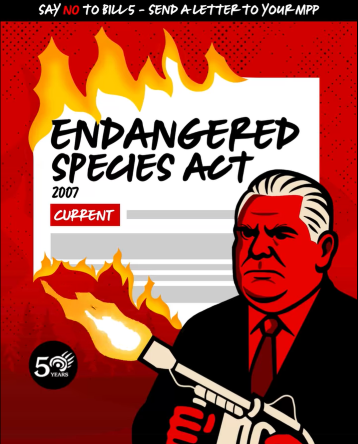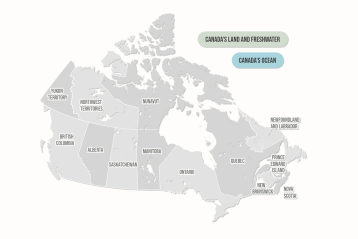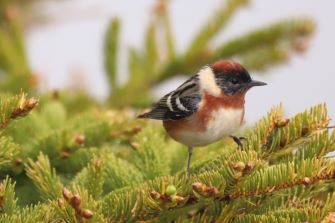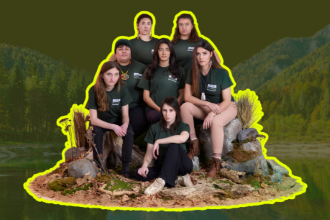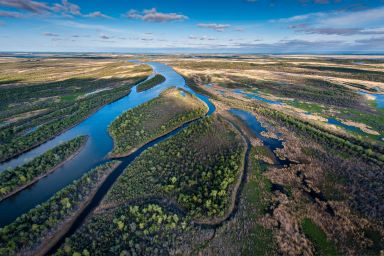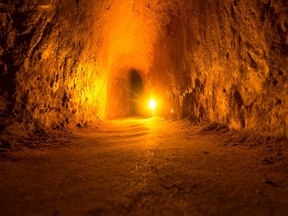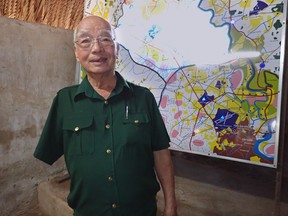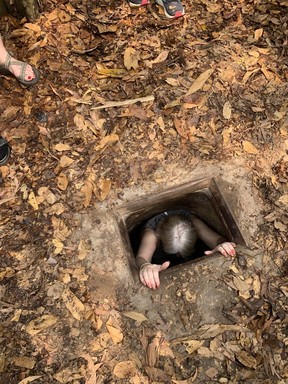| | Photo: Endangered Blanding's Turtle (Emydoidea blandi) by R. Taylor Images | |
| |
| | Hello Chris, This summer, if you’re like many Canadians, adventuring in our nation’s beautiful wilderness is either a standard activity, or something you are considering, with many of us choosing to spend our vacations at home in Canada. 🌳 And, we’re glad about your choice! Visiting national parks is a great way to connect with nature and see more of our stunning land, freshwater, ocean – and the wildlife that call them home – protected. The promise from our new federal government to provide free entry to Canada’s national parks this summer is also enticing, and making visiting the treasures of our national heritage more accessible. 🦊 We wholeheartedly support making Canada’s national parks more accessible. But, it comes with a small asterisk…we need to make sure to not “love our parks to death.” For example, being scrupulously careful with your food is critical to prevent the spread of invasive species and wildlife from becoming accustomed or “habituated” to humans. Read more in our new blog post. 🚴♀️🚣♀️🧗♀️ Sip with purpose this summerWhile you're visiting Canada's national parks this summer, it’s crucial to keep hydrated! We're excited to tell you about our new partnership with Chilly Moose a family-owned, proudly Canadian company that creates high-quality, eco-friendly drinkware and outdoor gear designed for adventure. We’ve co-created a special, limited-edition collection that celebrates Canada’s wild spaces and supports our mission to protect them. Get your Brunswick Bottle and Algonquin Tumbler here. ACT FAST – this campaign wraps on June 20th. Don’t be disappointed – grab your tumbler or bottle right now. ☀️ | | |
 |
| | Bills, Bills, Bills…worse than the ones you get in the mailIn the last couple of months, proposed deregulation legislations have come out of several provinces: Ontario (Bill 5), Quebec (Bill 97), and Alberta (Bill 35-passed). These policies deeply jeopardize safeguards meant to protect the environment…protections that help ensure species survive into the future, wetlands continue to purify our water, people benefit from spending time in parks, and nature has the best chance to recover and thrive. In each case, the bills are framed as ways to fast-track development and bolster the economy. But the bills are setting off alarm bells for nature. If passed, here’s what else the bills could do: 🛑 Strip away legal environmental protections 🦋Threaten future conservation projects 🏛️ Give the government and corporations unchecked power 🔇 Silence communities by cutting appeal rights or public consultation 🌱Undermine Indigenous rights and consultation 🐾 Put already at-risk species in even greater danger 🚫 Eliminate third-party environmental oversight They aren’t just bad policies – they are assaults on environmental responsibility, Indigenous sovereignty, and the democratic process. Use your voice and sign letters to stop these bills right now: 📢Ontario - Bill 5 📢Quebec - Bill 97 – please contact your Member of Provincial Parliament 📢Alberta - Bill 35 And, stay tuned for our upcoming blog post where we explore this concerning trend across the country, what it means for nature, and what we can do about it. |
| |
| | |
 |
| | Use your voice to stand up for nature. 🐺 | | |
| | Coast to Coast to Coast – Your Canadian Nature Updates | | |
| | We are excited to share our BRAND NEW Interactive Map(scroll down) on conservation progress across Canada! It shows how provinces and territories are doing across the country in protecting nature. Click on the provinces and territories to see how much of the region is protected, the opportunities for additional legal protections on more land, freshwater, and ocean, and learn about accomplishments, efforts, and shortcomings across the country. 🗺️ Image: CPAWS National |
| |
| | |
| | Every year, between three and five billion birds of nearly 300 different species fly over Quebec’s boreal forest, stopping along their route to rest, eat, and/or nest. These birds travel thousands of kilometres and face numerous threats along their route. Now more than ever, it is important to ensure the protection of their boreal habitats. SNAP Québec’s Boreal Birds campaign has released a series of videos about boreal bird conservation, in which SNAP Québec biologist Pier-Olivier Boudreault travels throughout the province to share the stories of these birds and the people working to protect them. 🐦 Photo: Bay-breasted Warbler by Pier-Olivier Boudreault / SNAP Québec |
| |
| | |
| | A momentous update from Ecojustice’s landmark youth-led climate case, Mathur. This victory means the seven young applicants, Sophia, Zoe, Shaelyn, Alex, Shelby, Madi, and Beze, are one step closer to a game-changing victory in the fight against climate change. Ontario’s top court has rejected Ontario’s request to appeal the case, allowing the youths’ challenge to the Ontario government’s inaction on climate change to move forward to the Ontario Superior Court of Justice. There, the court will be asked to provide meaningful remedies for the government’s ongoing violation of the Canadian Charter of Rights and Freedoms. 🙌🏽 Image: Ecojustice |
| |
| | |
| | What our Supporters are Saying | | |
| | “My inspiration comes from the general work your organization does. Protecting the natural landscape of Canada, educating, training and uniting youth and being a strong advocate makes me feel hopeful, knowing there are groups that care about our planet. Especially when our planet is facing climate change and habitat loss, organizations like yours are what our world needs. I support CPAWS because I want nature protection and action on climate. Growing up in the Pacific Northwest, I am in awe of the beauty of our forests, mountains, oceans, mild climate and the various Indigenous cultures here. It bothers me a lot when I see our forests being cut down, especially old growth-forests, for short-term profits and sprawl. I think about how many species, especially those at-risk, are losing their habitats due to societal expansion, activities and harmful policies. I also support the work of advocating for nature protection, preservation and education in light of the climate crisis. Nature has given us life, resources and beauty but seeing the ways society in general is trashing our planet is infuriating. I believe our planet deserves much more respect, where we live alongside nature and [do] not see ourselves as superior to nature. We are one with nature and whatever happens to nature happens to us, so we better take care and respect it.” – Leslie Ngo🏕️ |
| |
| | |
| | Why do you support CPAWS? Please share with us, and provide a photo of yourself in nature, and we’ll share it with our community through this newsletter. 📸 | | |
| | Photo: 🐟 River Delta in Saskatchewan by Garth Lenz | | |
| | Looking for more great nature content?? Here are some additional items that might interest you: | | |
| | You're the G.O.A.T. — Greatest of All Time when it comes to caring for nature!Thanks for being a rock-solid part of our herd and helping us climb the conservation mountain — one sure-footed step at a time. We’ll scale new heights together again in June. 🌲🐐⛰️ Photo: mountain goat family by Ashley Hockenberry |
| |
| | |
| | When nature thrives, so do we.💚 | | |
|







